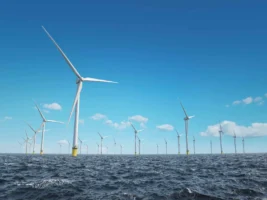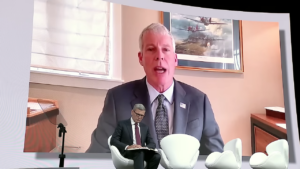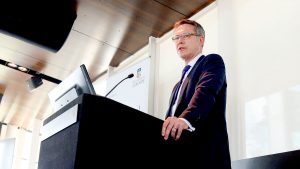Another independent analyst report has cleared renewable energy of most of the blame for South Australia’s July energy “crisis”, pointing instead to Australia’s “illiquid, poorly functioning” gas market and the lack of competition as the main causes of the recent price spikes.
The report, published on Wednesday by Bloomberg New Energy Finance (BNEF), notes that South Australia’s high penetration of renewables does pose some challenges, particularly to the physical management of the grid, but says that to just blame renewables – as many politicians and media outlets did – is “erroneous and simplistic.”

“The high penetration of renewables does …make meeting peak system demand and maintaining stable frequency more challenging,” said BNEF Australia’s chief analysts Kobad Bhavnagri in the report.
But “a variety of factors are at play, most potent of which is our illiquid, opaque and poorly functioning gas market.”
His comments echo those of new environment and energy minister Josh Frydenberg, who said last week that it was wrong to blame renewable energy for the price spikes in South Australia, noting that such price spikes had been a regular occurrence before wind and solar plants were developed.
Bhavnagri says that while renewable energy can cause large swings in supply, having less renewable energy – and more gas – would have increased the market’s exposure to volatile gas prices.
“It is erroneous and simplistic to just blame renewables for the recent price rises in the South Australian market,” he said in the report.
“A variety of factors are at play, most potent of which is our illiquid, opaque and poorly functioning gas market. While renewable energy causes large swings in supply, having less renewable energy (and more gas) would have increased the market’s exposure to volatile gas prices when the old coal inevitably retired.
“For power prices to stay as low as possible gas markets need to function in the interests of consumers, not just producers and LNG exporters. Renewable energy does pose challenges – so economists and engineers need to work to adapt our decades old market and centuries old system to enable a cleaner, more diversified energy system.”
The report finds that South Australia’s electricity market faces four clear problems: decreasing supply margins; a lack of system stability services; high and volatile wholesale electricity prices; and an illiquid futures market.
This is BNEF’s list of Drivers of higher wholesale electricity prices in South Australia










